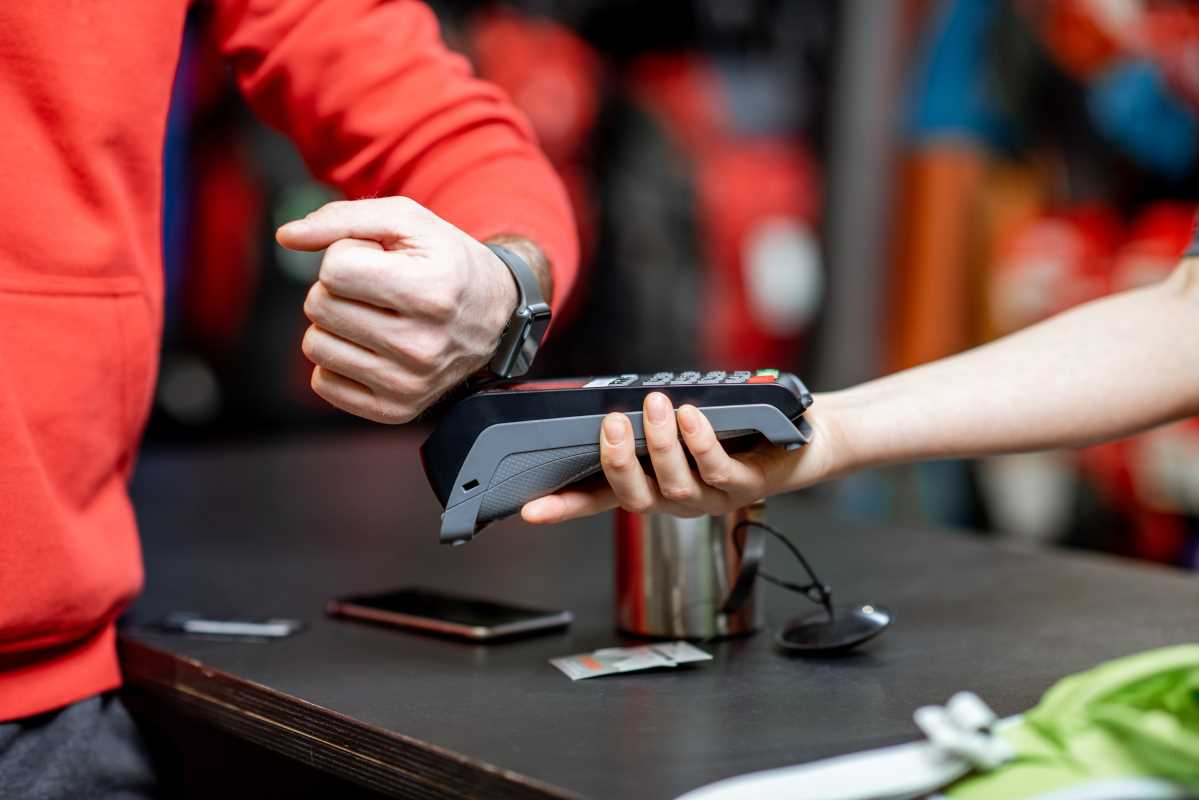Subscription services have become an integral part of modern consumer behavior, reshaping how we spend money, access products, and manage personal finances. From entertainment platforms like Netflix and Spotify to meal kits, fitness apps, and even subscription boxes, this model offers convenience and customization. The rise of subscription-based services is a fundamental shift in how consumers engage with the products and services they use daily. These services offer recurring access to goods or content for a set price, often making them more affordable in the long term than one-time purchases.
The Appeal of Predictable Spending
One of the main reasons subscription services are gaining popularity is their ability to provide predictable spending. With subscriptions, consumers pay a fixed amount each month, which helps them better manage their budgets. This consistency removes the stress of surprise costs for products, services, or content. It also eliminates decision fatigue, allowing consumers to focus on other aspects of their lives without worrying about replenishing items like toiletries or pet food. Subscriptions foster a smoother, stress-free shopping experience, which appeals to busy individuals looking for convenience. These services make it easier to manage monthly spending by eliminating unnecessary one-time purchases.
Subscriptions for Everyday Needs
While subscriptions for entertainment are well-known, there’s a growing trend of services catering to everyday needs. Companies are offering subscription-based products for items that people use regularly. Examples include food delivery services like HelloFresh and meal kit services that bring fresh ingredients to your door, simplifying meal planning and grocery shopping. Similarly, subscription-based grocery services, such as Amazon Fresh, allow consumers to receive groceries directly to their home, saving time and effort.
Personal care subscription boxes also offer curated products suited to an individual’s preferences. This convenience appeals to people who want to streamline their shopping process and ensure they always have what they need without leaving home.
Impact on Consumer Behavior
Subscription services have changed consumer behavior by encouraging people to try new products. For instance, beauty and grooming subscription boxes like Birchbox allow customers to sample different items each month. This encourages experimentation with new brands and products, which consumers may not have considered otherwise. These services also cater to the growing personalization trend, allowing customers to customize their subscriptions based on their needs.
Customizable subscriptions make the shopping experience feel more tailored, increasing satisfaction and encouraging long-term use. This personalization leads to increased consumer loyalty as people become more connected to the services they subscribe to.
Budgeting and Cost Management
Subscriptions can be both beneficial and challenging for consumers managing their budgets. On one hand, subscription services offer a more planned, methodical approach to spending, reducing impulse purchases. On the other hand, consumers often forget about multiple services they’ve subscribed to, leading to what’s called "subscription fatigue." This results in unexpected spending if consumers don’t carefully monitor their subscriptions.
Apps like Truebill can help users track their recurring expenses and cancel subscriptions they no longer use. These tools help prevent overspending and ensure that consumers only pay for services they use.
The Rise of Subscription for Luxury Goods
Subscription services are not limited to everyday items. The subscription model for luxury goods, such as designer clothing and high-end fashion, is an emerging trend. Services like Rent the Runway allow customers to rent designer items for a set price, offering access to luxury without the high cost of ownership. Car subscription services, such as Care by Volvo, allow consumers to pay a monthly fee for a car, which is covered by insurance and maintenance.
This model appeals to those who want to enjoy luxury items and experiences without the long-term financial commitment that comes with owning them.
Subscriptions and the Sharing Economy
Subscription services align with the sharing economy, where consumers prioritize access over ownership. Streaming platforms like Netflix and Spotify offer consumers access to vast content libraries for a fixed monthly fee, eliminating the need to purchase individual movies, albums, or songs. Similarly, services like Zipcar let individuals rent cars for short periods, giving them the flexibility of car ownership without the associated costs.
The shift toward access rather than ownership reflects a broader cultural change, with more people valuing convenience and flexibility in their daily lives.
The Subscription Economy's Impact on Retail
Subscription services are also reshaping the retail landscape. Traditional brick-and-mortar stores are beginning to offer subscription services for products like snacks, clothing, and cosmetics. Retailers such as Amazon have also incorporated subscription models into their business, offering services like Amazon Prime, which provides fast shipping, streaming, and discounts. This shift responds to consumer demand for convenience, personalization, and recurring services, influencing how traditional and online retailers interact with customers.
The Future of Subscription Services
As technology advances, subscription services will likely become more tailored and seamless. Artificial intelligence and machine learning will allow services to better predict consumer preferences, offering personalized deliveries and exclusive product access. This could lead to an even more customized experience, where subscriptions perfectly align with a customer’s needs.
However, the rise of subscription services also means consumers will become more selective, choosing only those that offer real value. Companies will need to adapt by introducing more flexible pricing models and ensuring transparency about what customers are receiving for their money.







